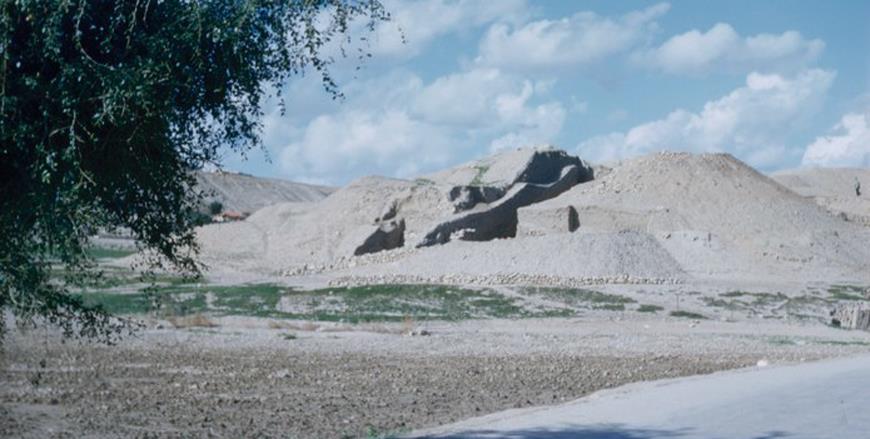
Tracing Early Human Occupation: Pre-Pottery Neolithic A Settlements In Southern Levant
Sites located in areas adjacent to the Jordan Valley include Ain Darat, Sabra I, Hatoula, 'Iraq ed-Dubb, Nahal Oren and Tell Aswad.
"Usually, smaller hamlets and seasonal camps are adjacent to the Jordan Valley [Hatoula, Tell Batashi, Nahal Oren, 'Iraq ed-Dubb, and Wadi Faynan 16]. Indeed, there are also more ephemeral specialised sites lacking architecture [with bifacial tools and sickle blades as major components, but seemingly no projectile points]on and adjacent to the central mountain ridge," Kuijt said.
The professor added that these could represent logistical localities for forest clearance, wood provision for construction and fuel, as well as the harvesting of cereals in the clearings, to supply parent communities to the east and west.
The importance of the Jordan Valley as a PPNA settlement focus is expressed through the horizontal extent of settlements, the depth of cultural deposits, the presence of specialized architecture, and economic practices, he noted.
Although the reasons for this pattern remain complex, the relative florescence of human occupation along the“Levantine Corridor” appears to be linked to developments in food production, such as agriculture (and the domestication of plants?), population aggregation for social and economic reasons, and perhaps illustrates the earliest development of large regional centres, such as at Jericho.
The delayed reaction to the effects of the Younger Dryas at the end of the Natufian (and Harifian), especially in the especially in the arid periphery, necessitating the contraction of populations back into better-watered localities, has also been suggested as a part of a push–pull mechanism.
"In contrast to what is known about the PPNA occupation of the Mediterranean zone, very little evidence exists for any intensive occupation of surrounding desert zones."
"In considering the Eastern Desert areas, there does not appear to be evidence for long-term human occupation. This pattern is supported by surveys around Jebel Druze and in the Black Desert, as well as further south around Wadi Hasa and in the Hisme," Kuijt explained.
"West of the Rift Valley, extensive systematic surveys throughout the Negev have revealed extremely sparse PPNA remains following the Harifian and prior to EPPNB."
“Excavations at Abu Madi I in the South Sinai High Mountains revealed a single semi-subterranean oval structure as a seasonal (summer) camp of a small group of hunter-gatherers,” Kuijt said, noting that together with other untested sites in that area, high residential mobility is indicated perhaps by residual Harifian-related communities.
"In sum, current evidence suggests that regional PPNA settlement patterns focused on large logistically based permanent communities, supplemented by smaller hamlets, in the Mediterranean zone [and perhaps more specifically the Jordan Valley], immediately adjacent to unusually well-watered localities with alluvial lands. The PPNA was also characterised by meager use of desert areas by highly mobile foragers," Kuijt underlined.
Kuijt continued that with the exception of the sites of Jericho, Netiv Hagdud, Nahal Oren, and Hatoula, excavations in the southern Levant give little understanding of the spatial organisation within communities.
Excavations either have for the most part focused on internal areas of structures, or perhaps more commonly, have been restricted so that the areas between structures are poorly understood.
In open-air sites where we have some understanding of extramural areas, PPNA settlement organisation appears to be similar to that of the Late Natufian: individual oval-to-circular structures spaced apart from each other with the occasional small stone feature, silo, or fire hearth between structures, the professor said.
"At Nahal Oren, the small settlement was arranged in two rows along terraces in the hillside. With the exception of the storage/residential structures abutting the PPNA tower at Jericho, site organisation generally appears to be similar to that of the Natufian period," Kuijt concluded.

Legal Disclaimer:
MENAFN provides the information “as is” without warranty of any kind. We do not accept any responsibility or liability for the accuracy, content, images, videos, licenses, completeness, legality, or reliability of the information contained in this article. If you have any complaints or copyright issues related to this article, kindly contact the provider above.






















Comments
No comment